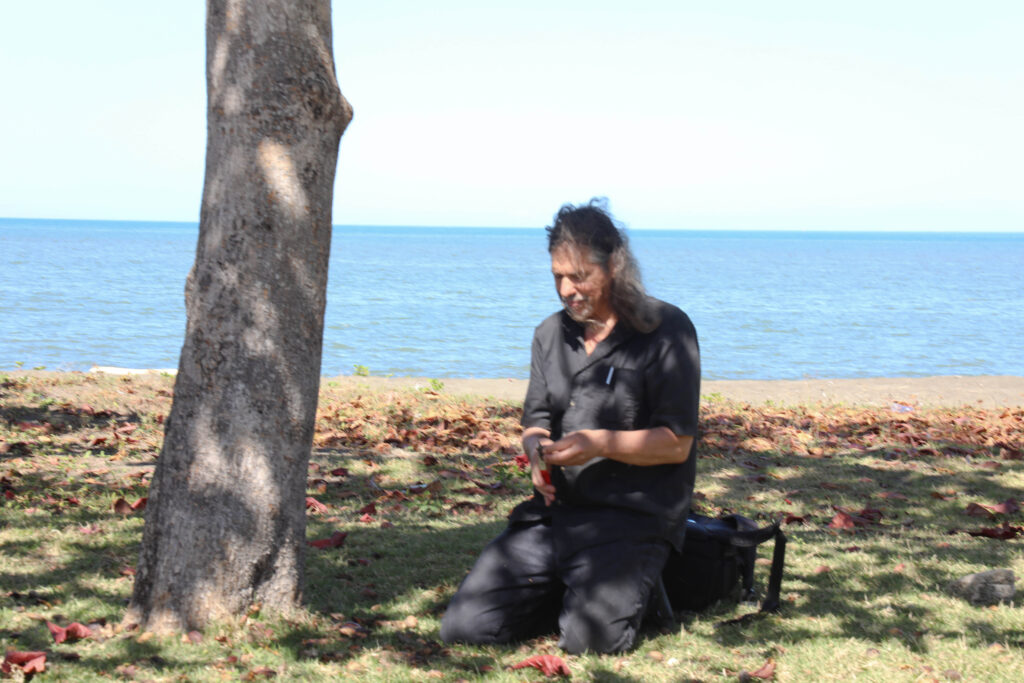
I visited Puerto Rico for my first time from late February to mid-March 2023. I was hoping to meet botanically oriented people as well as the local plants, and in this, the trip was quite successful. I met a lot of interesting people, stayed at homes with rich botanical gardens, and went on walks learning about the native and non-native flora.
I also learned how to drive on some of the most narrow and hilly roads I have ever driven upon.
I already look forward to returning some day to continue the friendships I made while there and seeing the plants during a different season.
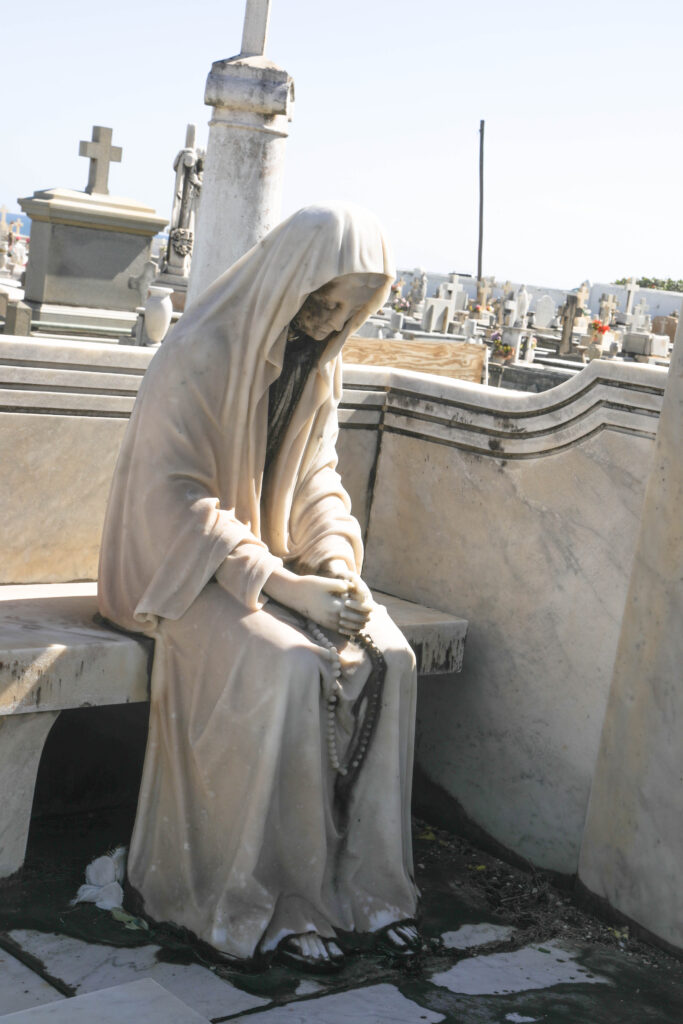
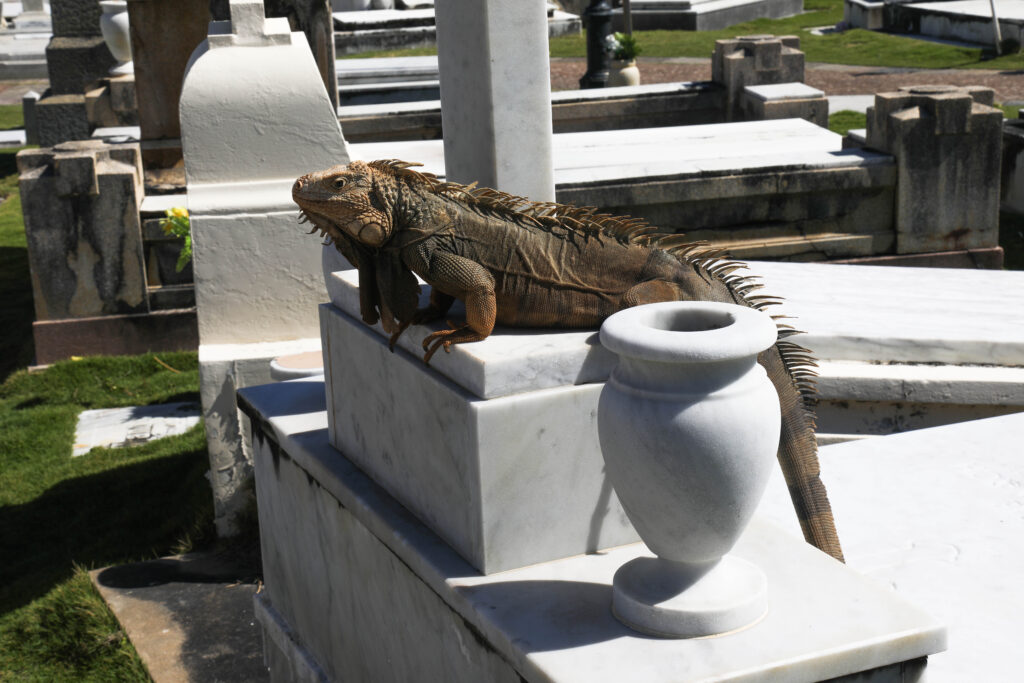
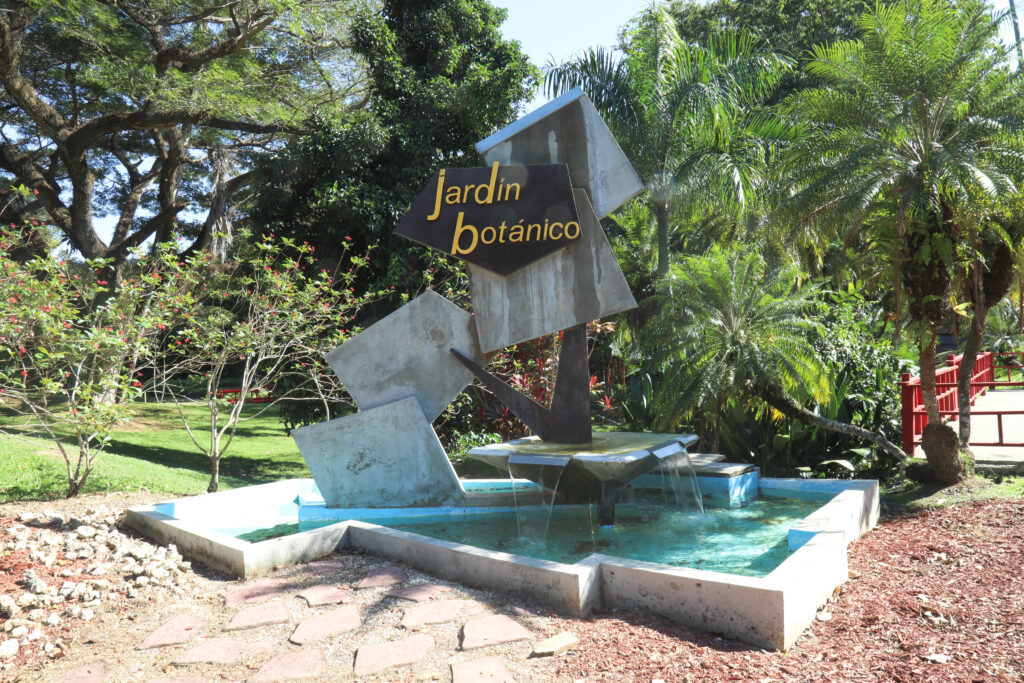
I left San Juan the next day and drove to the east side of the island, and stayed at an Airbnb near El Yunque National Forest, my next destination. After settling in, I drove to El Yunque but found out you need a reservation to get in the park. So instead, I found a lightly traveled but heavily potholed road to explore the nearby forest. I appreciated the tree ferns, as I am from the land of much smaller ferns. On my way back to the Airbnb, I stopped at a Mexican restaurant with the best quesadillas I think I have ever eaten.
The next day I awoke early to try and get online tickets for El Yunque. I found the website tricky to navigate, but I eventually got the reservations (they are only $2 per day). If you ever plan to go to El Yunque, I suggest going to the website to learn this procedure, as people watch the entrance all day.
El Yunque is a rainforest, meaning it is a canopied woodland that receives a lot of rain. I have been in a few different rainforests, and I am learning the plant families that are common in these ecosystems. They are lush habitats and have many endemic species, plants that only grow in that locale.
I went to the small shop in the parking lot to ask where the best area would be to see plants in flower. There was a botany student in the shop who was glad to show me one of the rare endemic orchids that grew there. I certainly would not have found this tiny orchid without her help.
I spent that day and the next exploring the El Yunque rainforest. Most of the trails were closed, but there were enough open to keep my inner botanist entertained. It is well worth a visit if you go to Puerto Rico (and don’t forget to get reservations). Make sure to wear shoes, not flip-flops or sandals, as the paths are rocky.
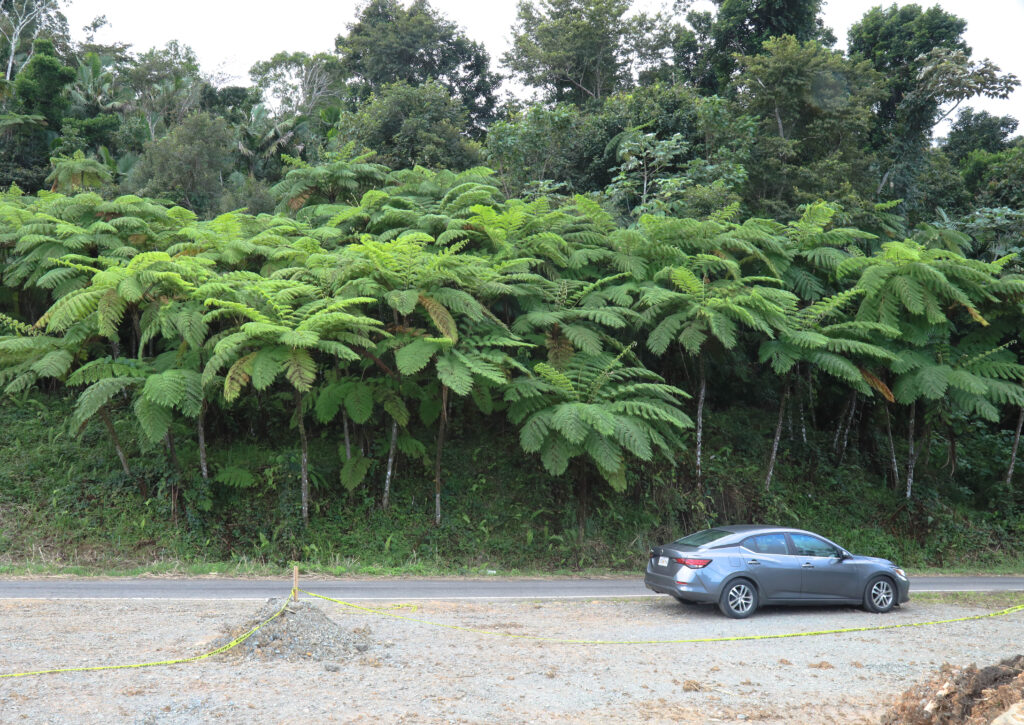
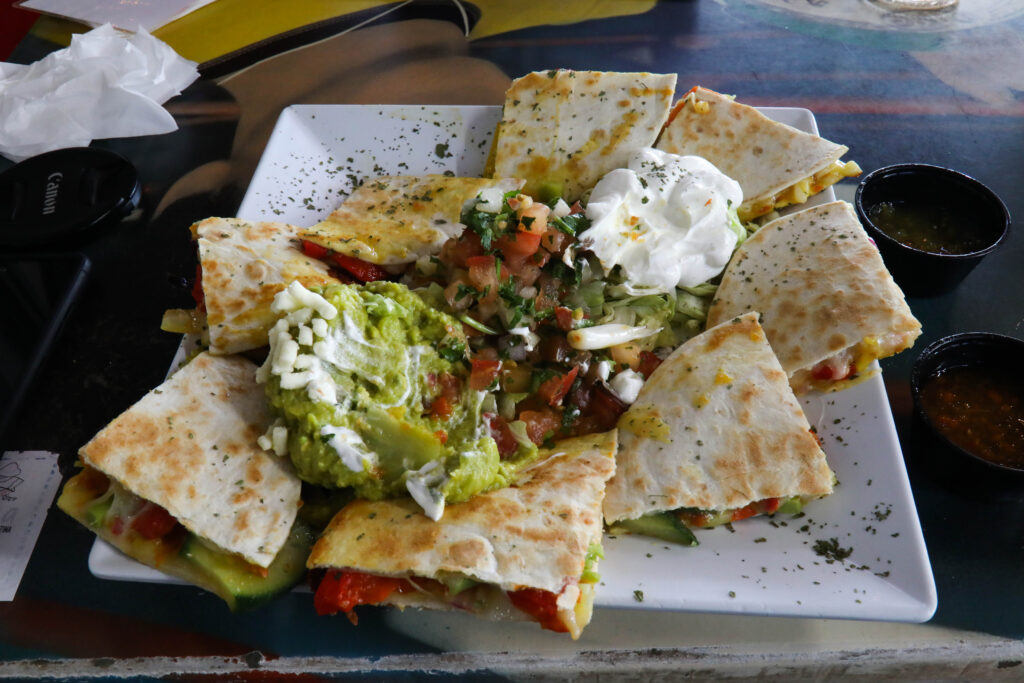
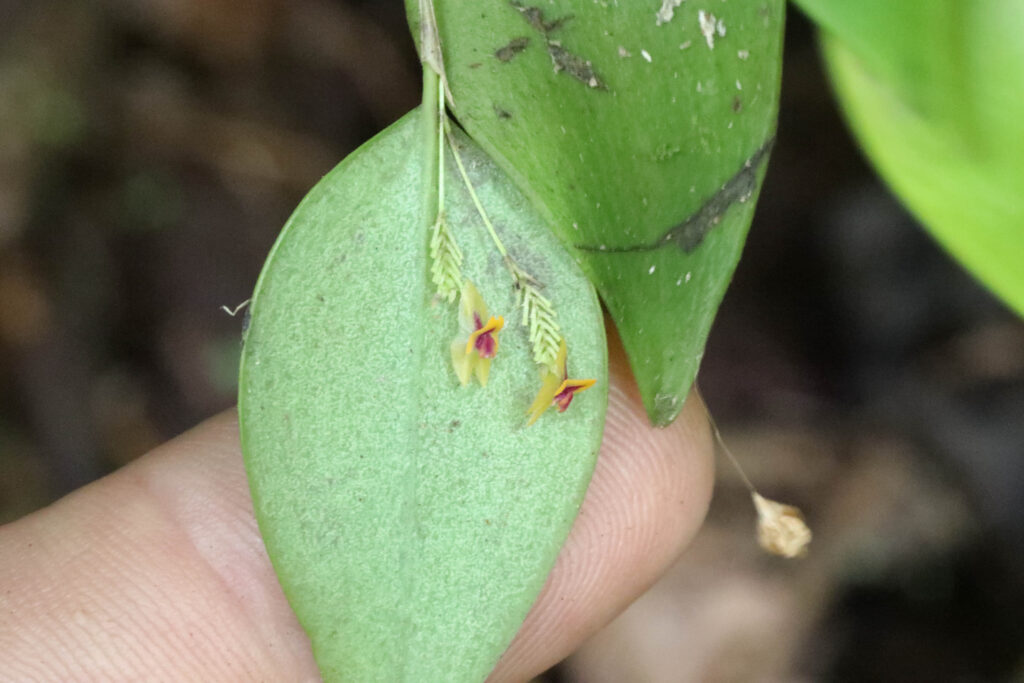
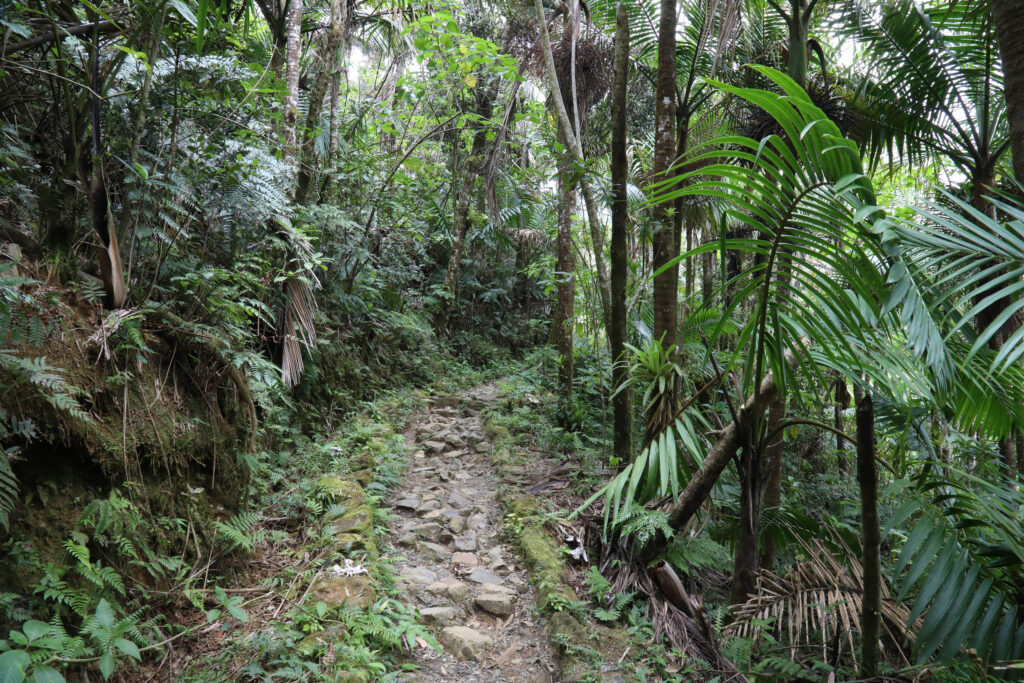
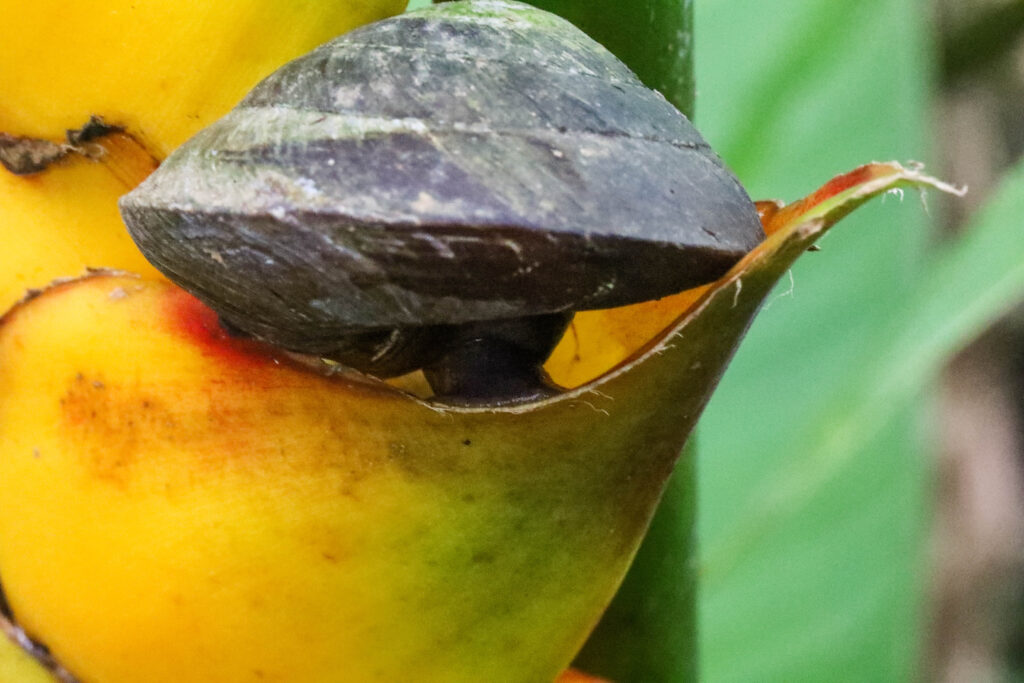
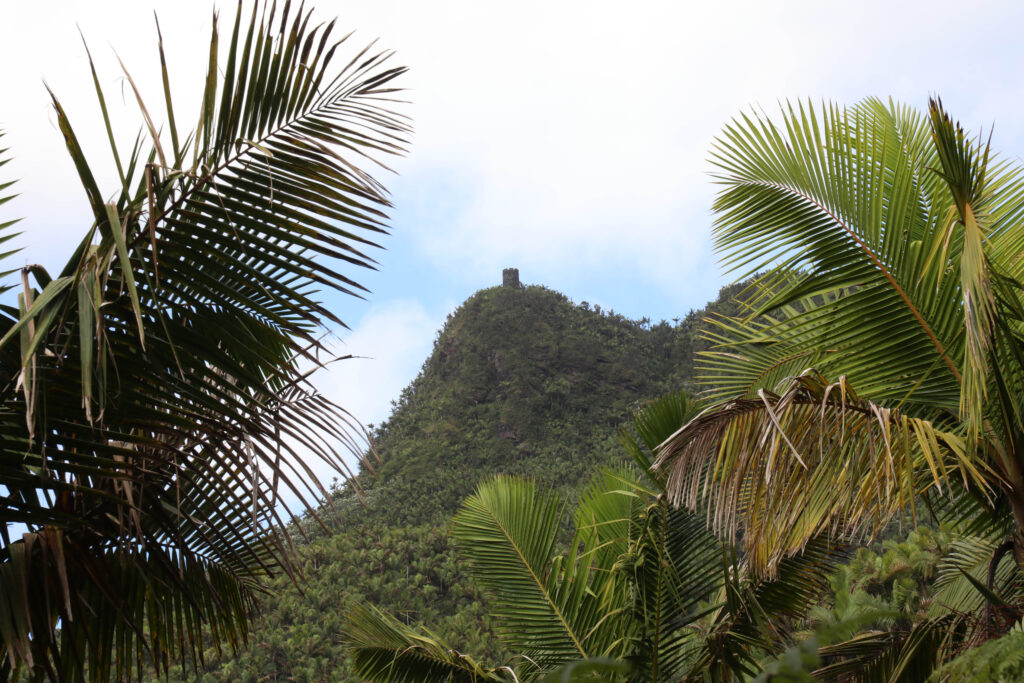
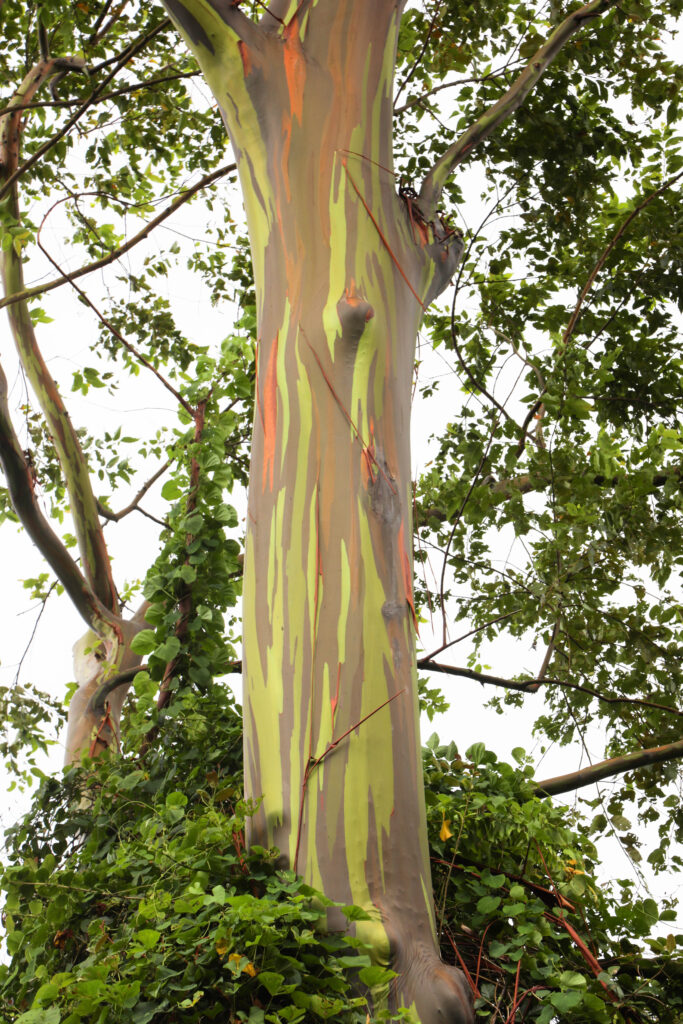
I then drove to Mayagüez on the western side of the island to visit with Maria Benedetti. I had not met her personally but was introduced to her by Marcos Cappa, a fellow botanist I met on Facebook. Maria was gracious enough to let me stay at her home for part of my stay in Puerto Rico, for which I am very grateful as I met many interesting people and plants while there. Maria is an ethnobotanical researcher who has met and interviewed traditional Puerto Rican healers since the 1980s. She has written a number of books about traditional Puerto Rican medicinal practices. And she has a fabulous herb garden with many medicinal plants used in Puerto Rican medicine.
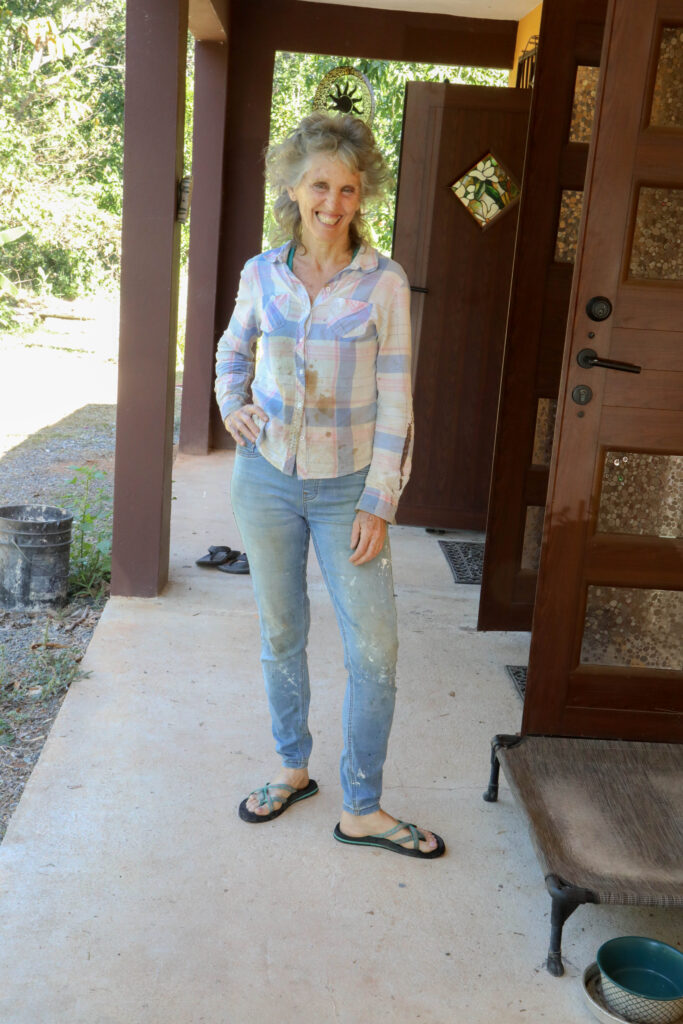
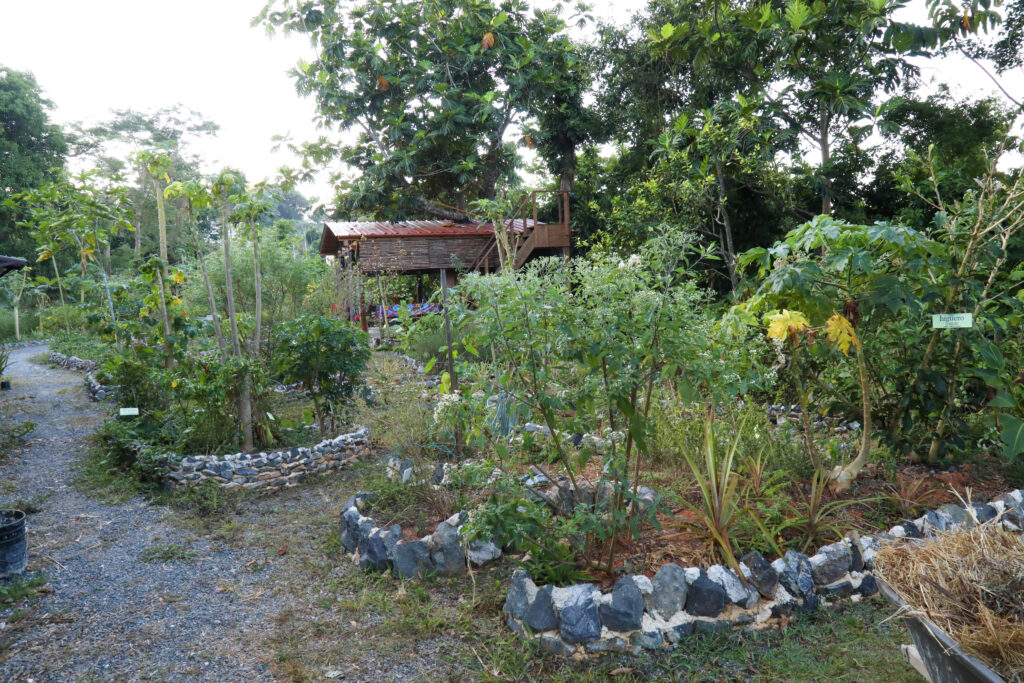
While staying with Maria, I finally met Marcos in person, who knows many of the local plants and practices herbal medicine. We went on a plant walk in Cabo Rojo with Octavio Rivera Hernández, who takes botany and field identification to a new level. I was amazed that he knew almost every plant on our 5 hour walk. And it was the dry season with many plants sporting nearly bare stems with just a few leaves attached. I learned a lot more about Puerto Rican flora on this field walk. One notable plant we saw was Damiana (Turnera diffusa, Passifloraceae). As a clinical herbalist, it is one of my favorite anxiety-reducing medicinal plants. I did not gather any, but I was still glad to see it growing in one of its native habitats (I also saw it in Mexico).
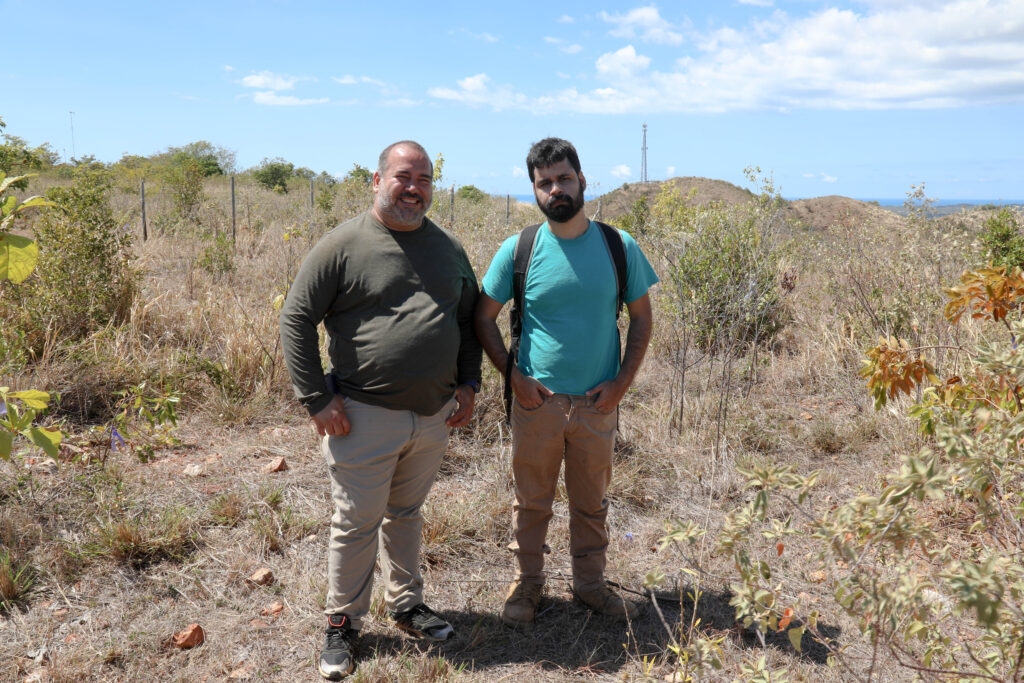


I visited Olatokunboh (Ola) Obasi at Omaroti, her shop, and clinic in Mayagüez. Later in the day, we went to gather Rosary pea fruits (Abrus precatorius, Fabaceae) for Ola to make jewelry. While these seeds are commonly used for ornament, they are poisonous if ingested.
This is one of my favorite parts of traveling, meeting new herbalists, and following them in the field.
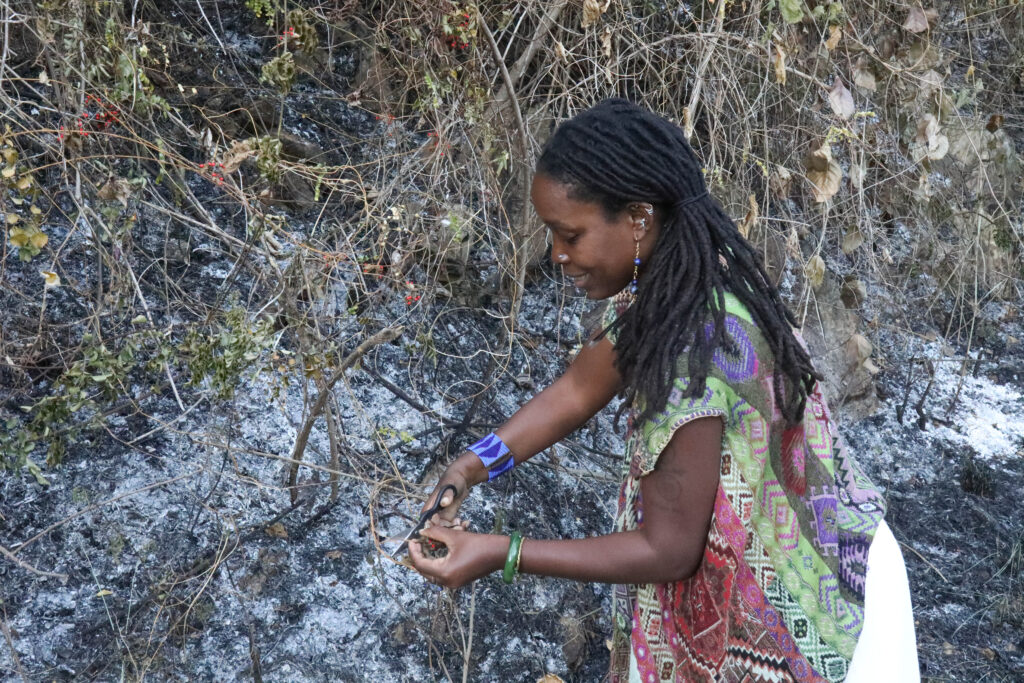
My next stop was Jayuya and visiting Rebeca Irizarry at her permaculture farm, Finca Yarari. It felt good getting into the mountains and taking a break from the heat. Rebeca is a friend of Maria’s, who is a friend of Marcos. I felt very fortunate that each of these people helped me meet other local folks and spend time with them.
It was a delight being at Finca Yarari. Rebeca taught me how to prepare some Puerto Rican dishes, and I ate very well. The breakfast in the photo was made with local goose eggs, salad with carrots, chayote, kale, plantain (Plantago major), oregano (Plectranthus species), fennel, white bean sprouts, avocado, garlic ginger paste, and sofrito. Many of these were picked fresh from her garden.
And it was amazing how many plants Rebeca had squeezed into her 1 acre farm. Lots of edibles, medicinals, and ornamentals. We gathered a bunch of Turmeric and Ginger, which I took back home and prepared them as medicine.
While there, I also traveled to the Bosque Estatal Toro Negro. My favorite part of that adventure was all the plants I saw along the road after leaving the forest.
I also had a super comfy room and was sad to leave after a few days, but I wanted to visit a few more places before leaving Puerto Rico.
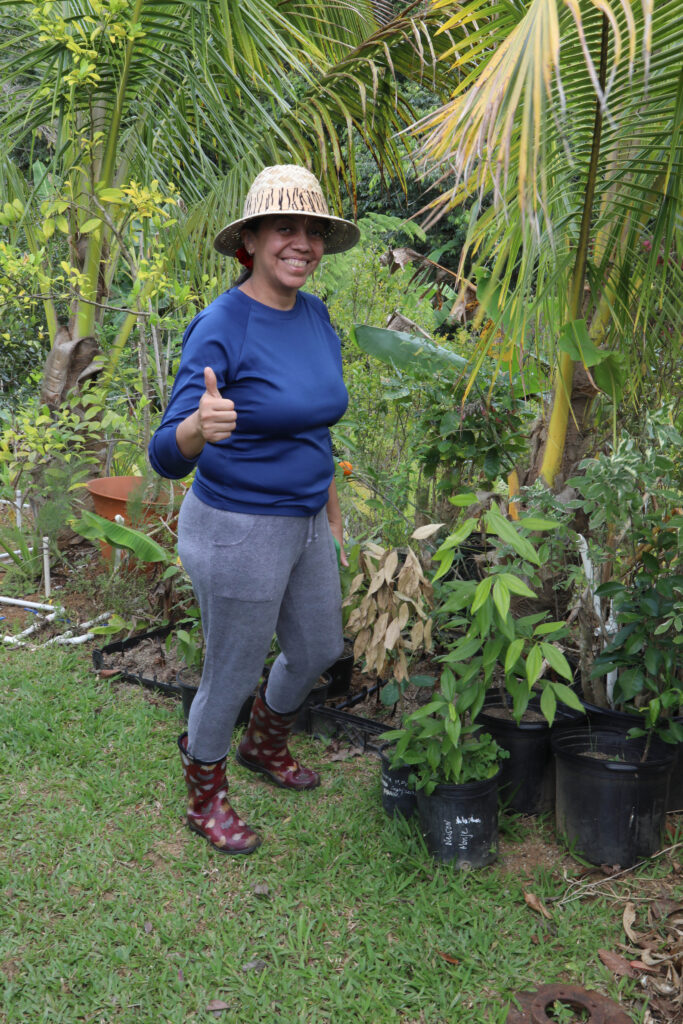

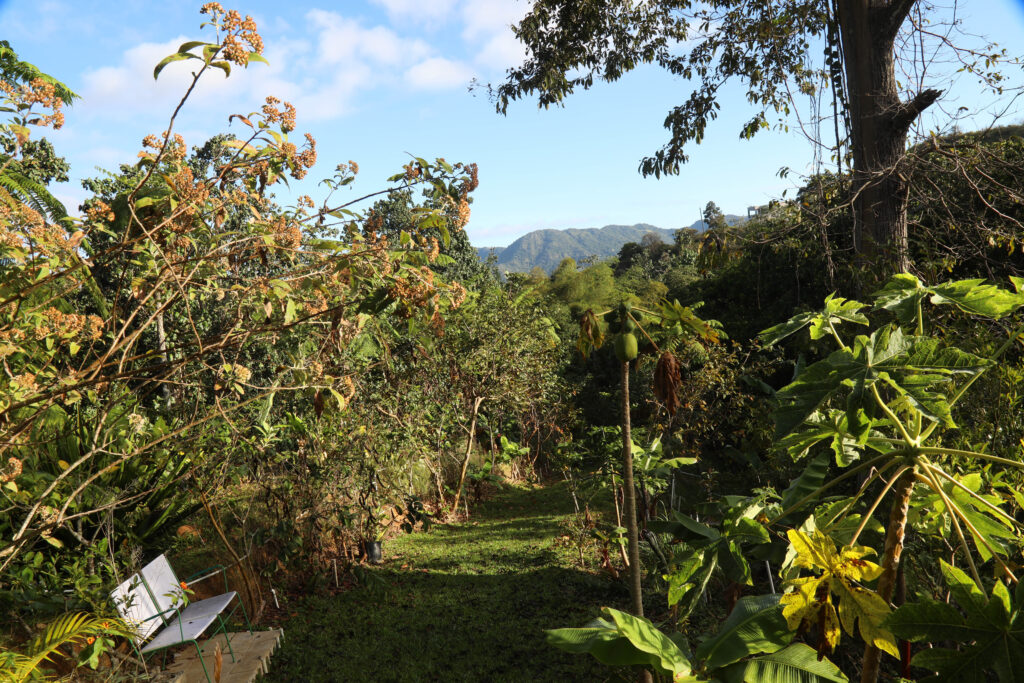
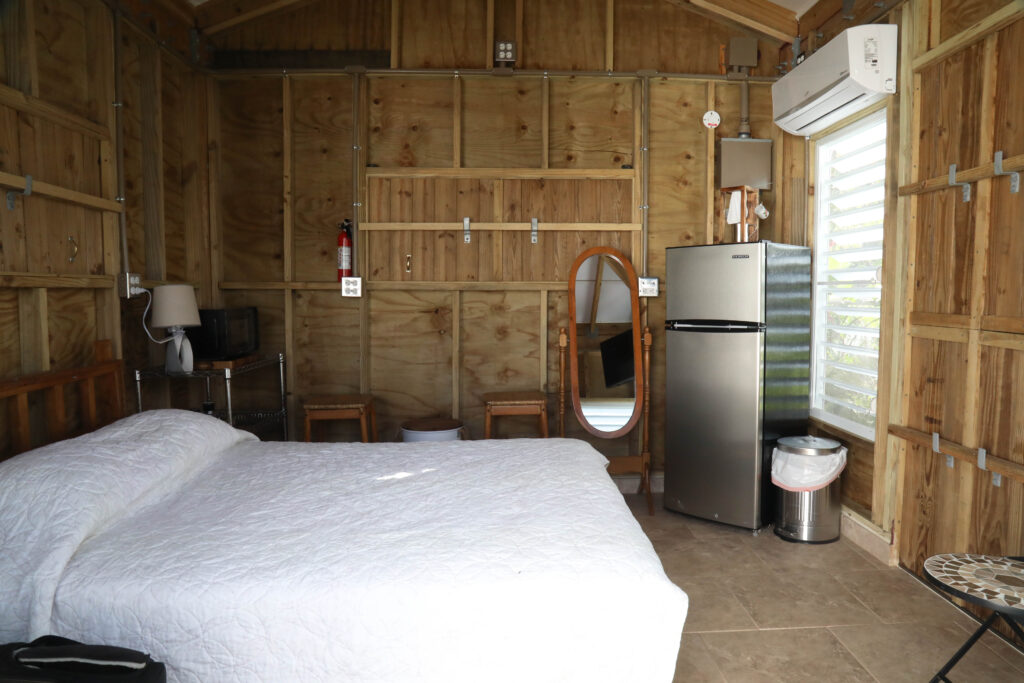

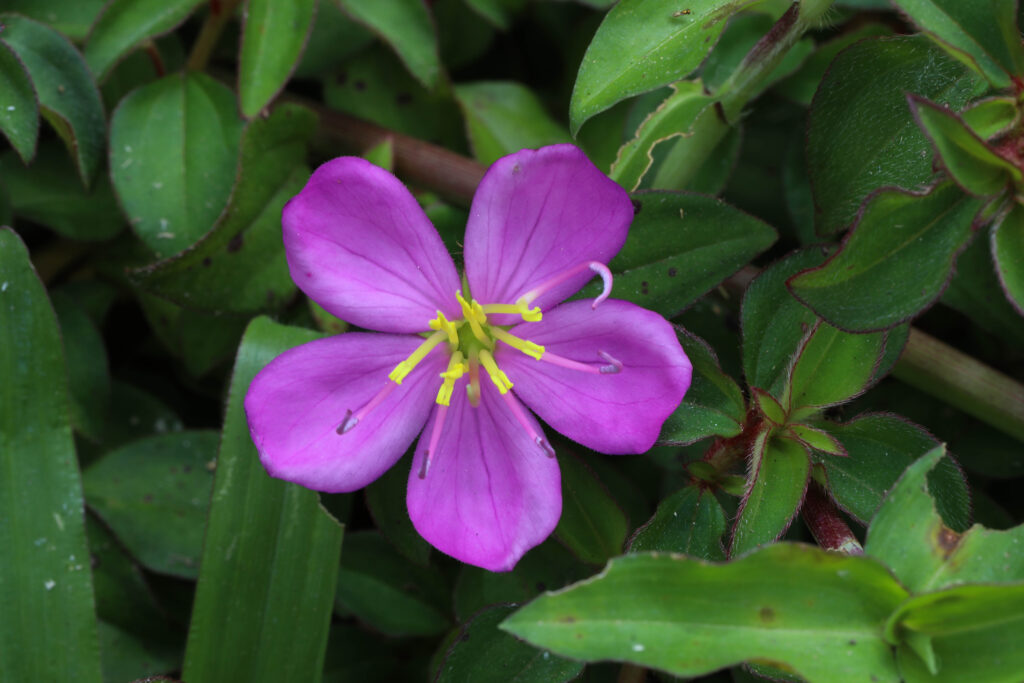
I then drove to Guanica, which is a southwest coastal town. The first night in my Airbnb, I awoke around 4 am clutching my pillow. I soon realized I was waking up to the tail end of an earthquake. There was another light tremor about 15 minutes later. This is one of the few times I have felt an earthquake. It was not particularly strong (4.2, as I found out later), but I also knew that Guanica had a disastrous earthquake in January 2020 that destroyed hundreds of homes, which can still be seen walking through the town.
The next day, Marcos picked me up, and we went to the Bosque Estatal de Guanica (Guanica State Forest), a subtropical dry forest. I saw many interesting native plants, including Lignum vitae, cacti, and cotton.
This is also where I had my 65th birthday. I celebrated with perhaps the worst pizza I have ever eaten. But I didn’t mind, it is all a part of the travel experience.

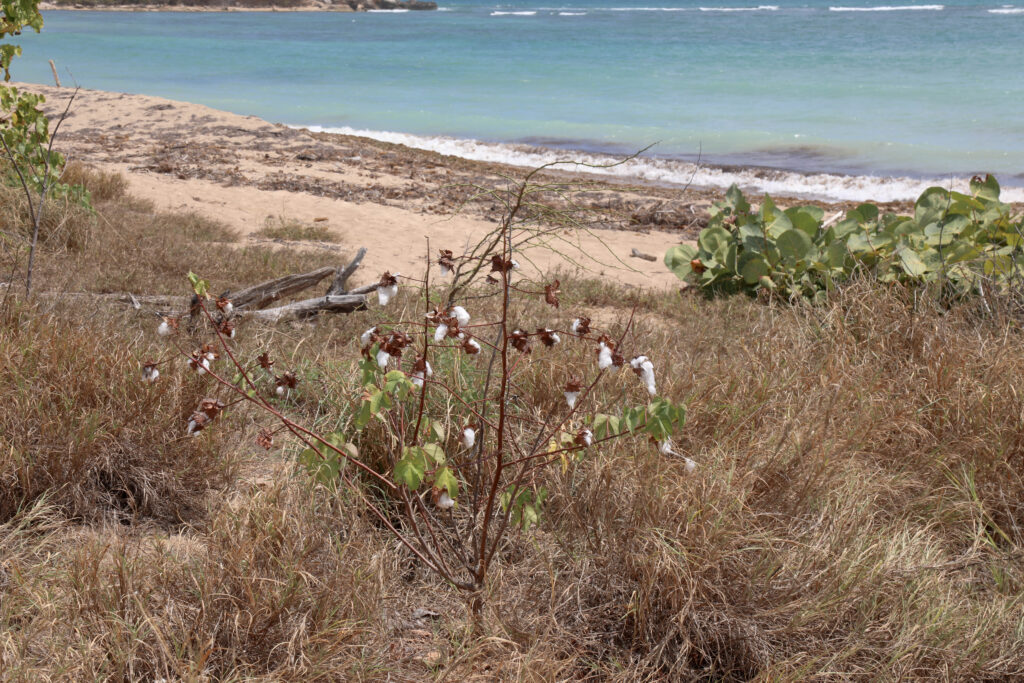
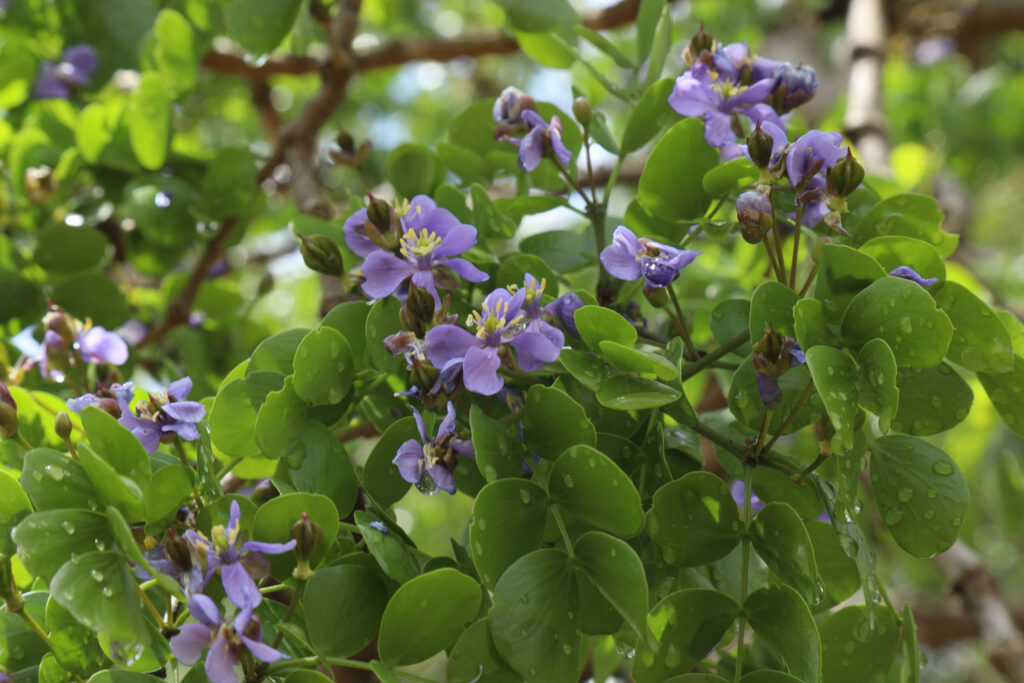
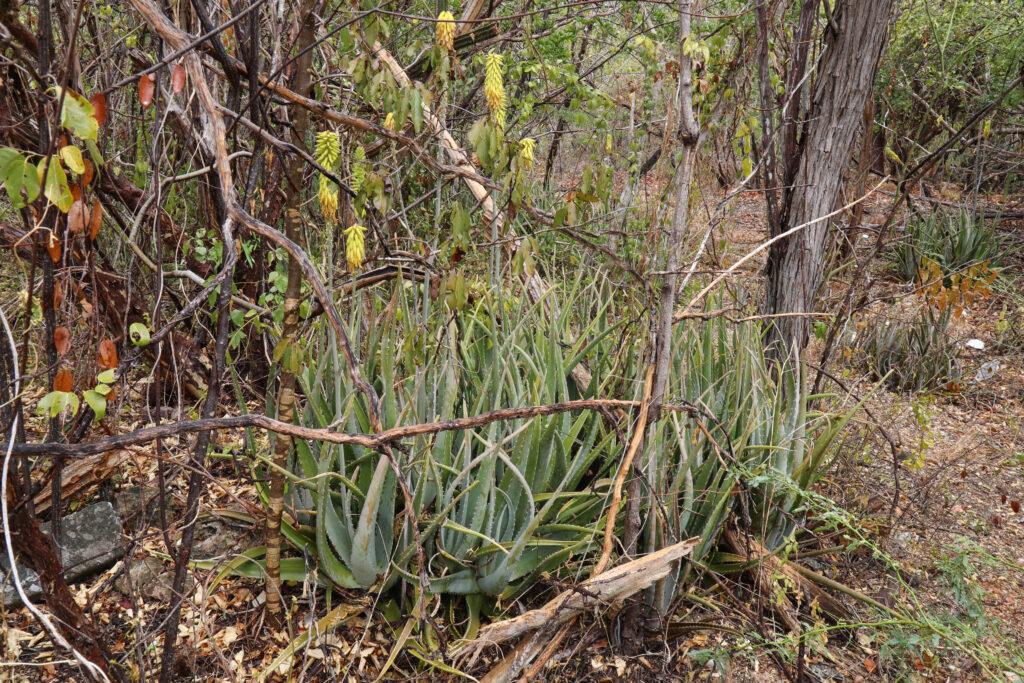
I then went back to Maria Benedetti’s home, where I taught a class about practicing herbal medicine at street protests. Maria invited a small group of 15 people, many of whom are local activists. I enjoyed meeting these folks after the class and learning more about the politics of Puerto Rico.
I was excited to see that Maria had Espino rubial (Zanthoxylum martinicense) growing around her home. They are a type of Prickly ash, a plant I use regularly to help restore damaged nerves and to increase the bioavailability of other medicinal plants.
And with just two days before leaving, I finally made it to the beach and swam in the warm ocean waters in Rincon.
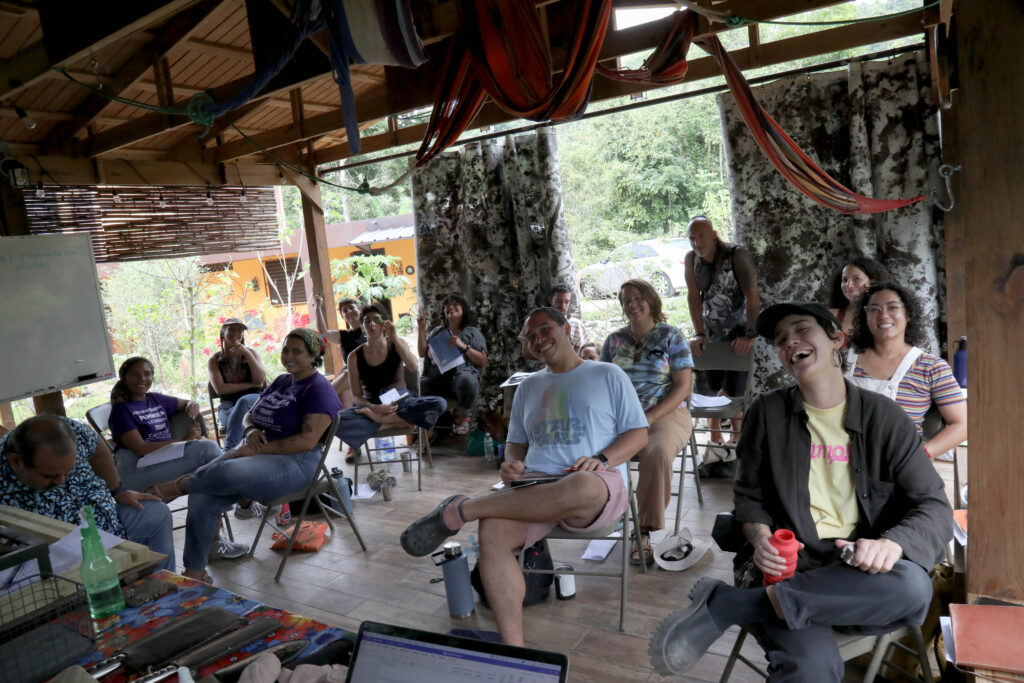
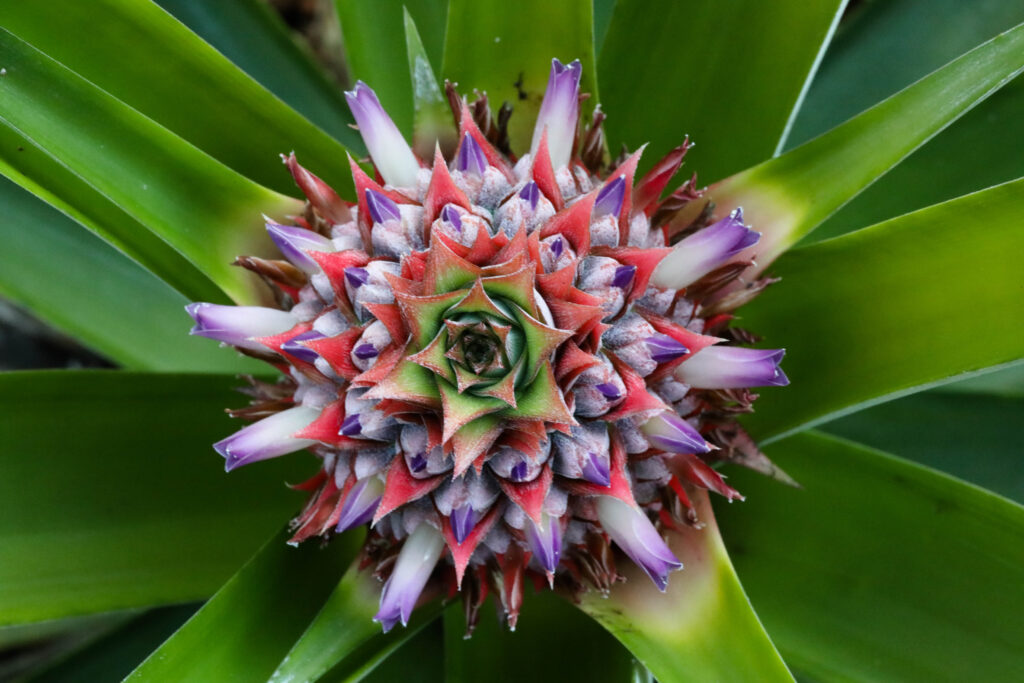
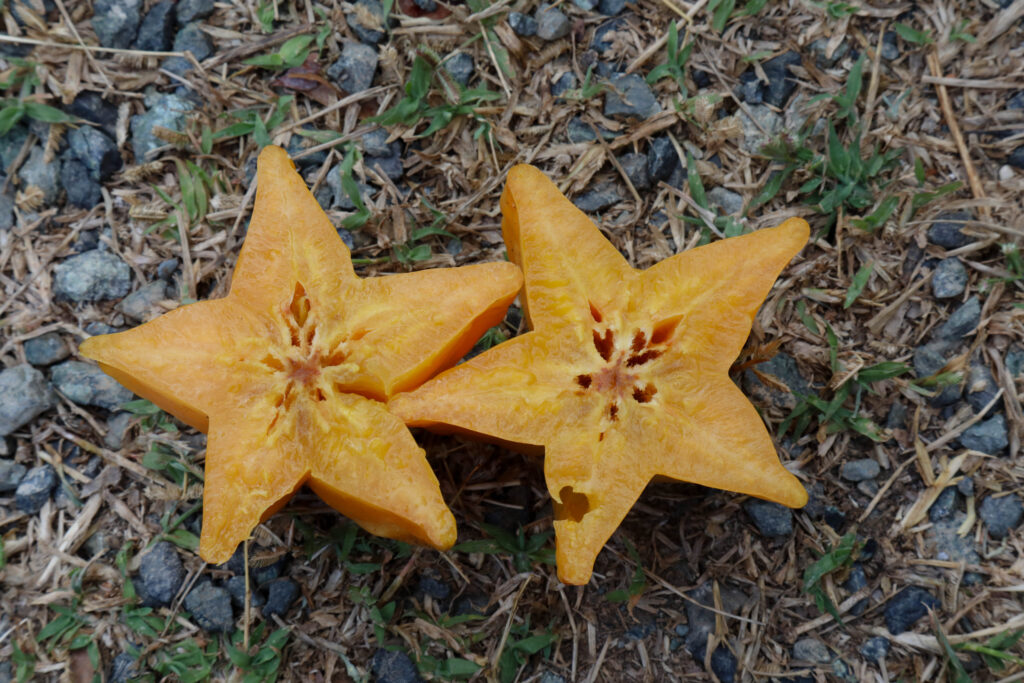
People with kidney disease should avoid this fruit, as the oxalates can damage the kidneys.
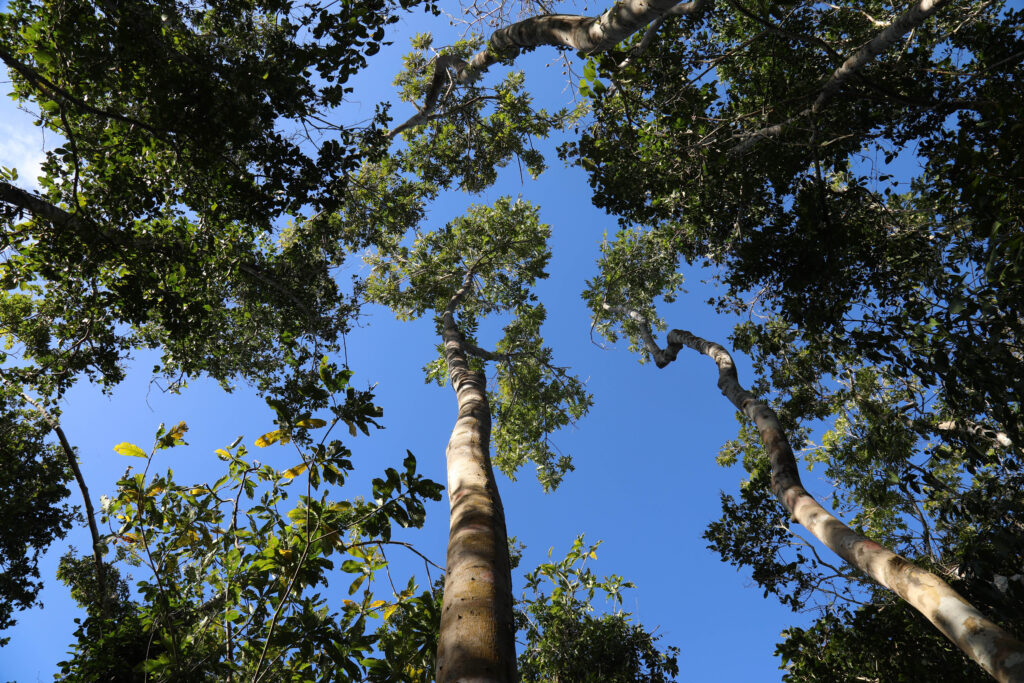
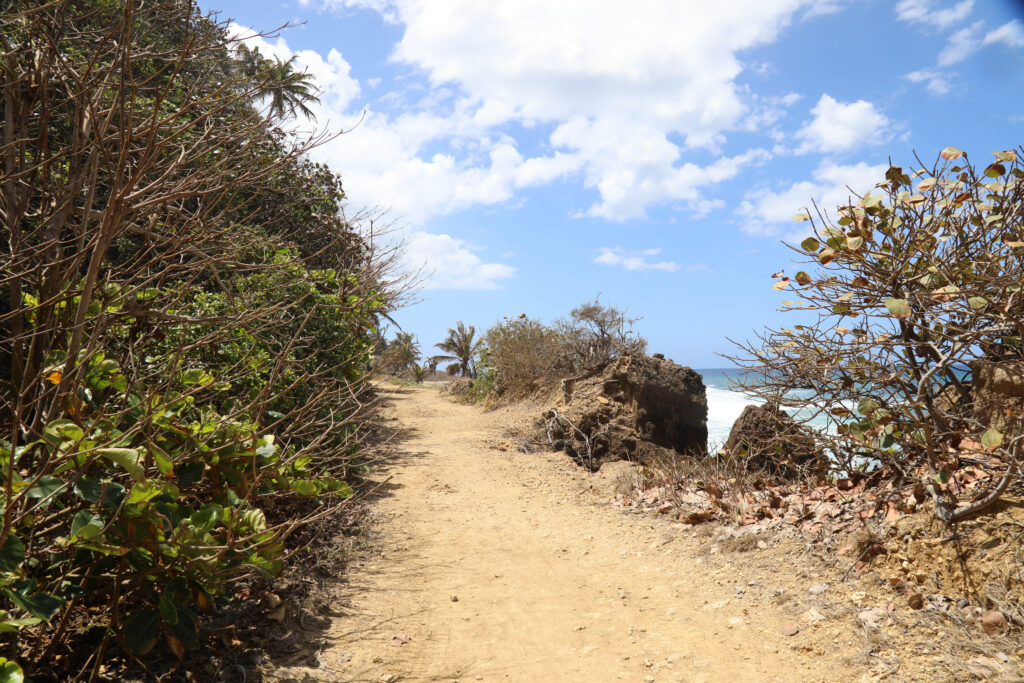
And then, unfortunately, it was time to go back to San Juan and fly home. But while in San Juan I saw a pack of colorful Blue-and-yellow macaws chatting loudly at dusk in some nearby palm trees.
I also gathered some Chanca piedra (Phyllanthus species) growing in the cracks in the pavement. I sent them to the American Herbal Pharmacopoeia, which is doing a monograph on this plant’s medicinal uses and wanted dried plants to evaluate their constituents.
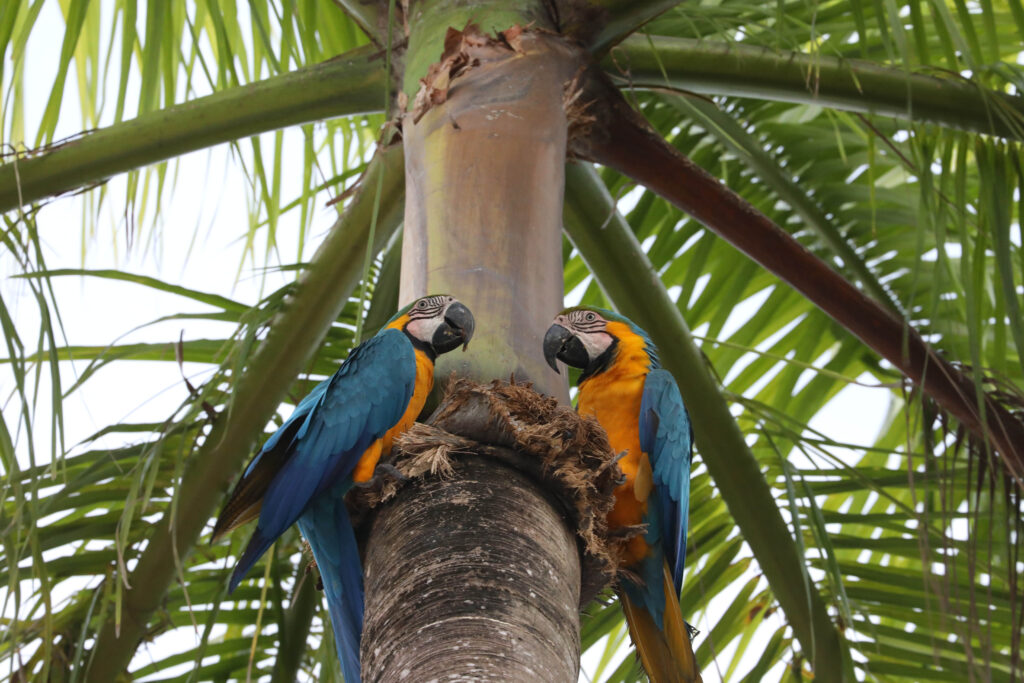
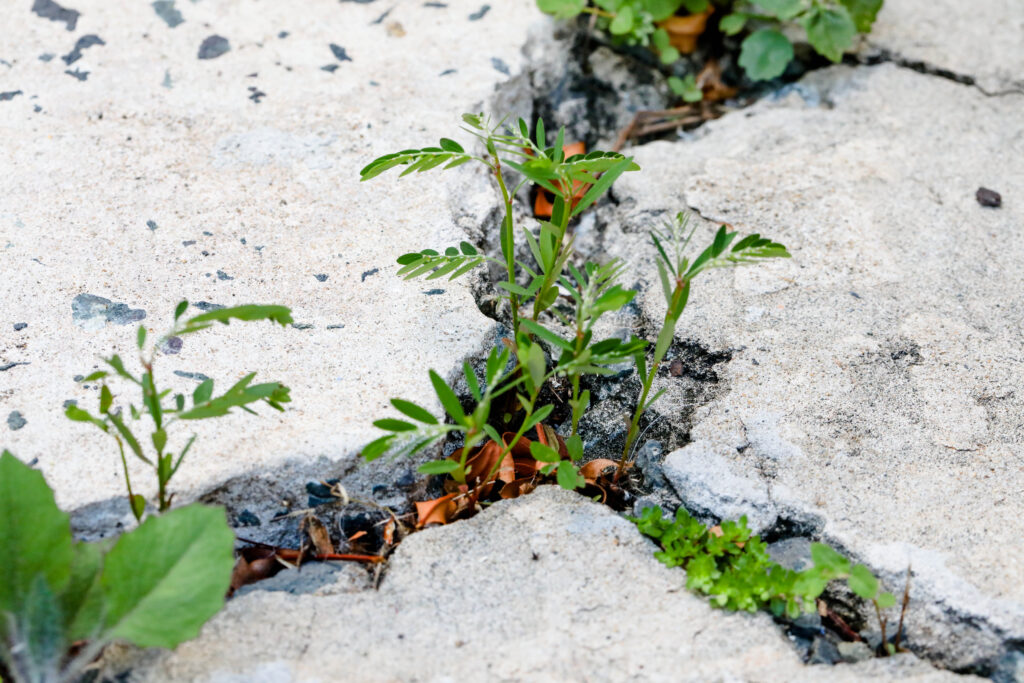
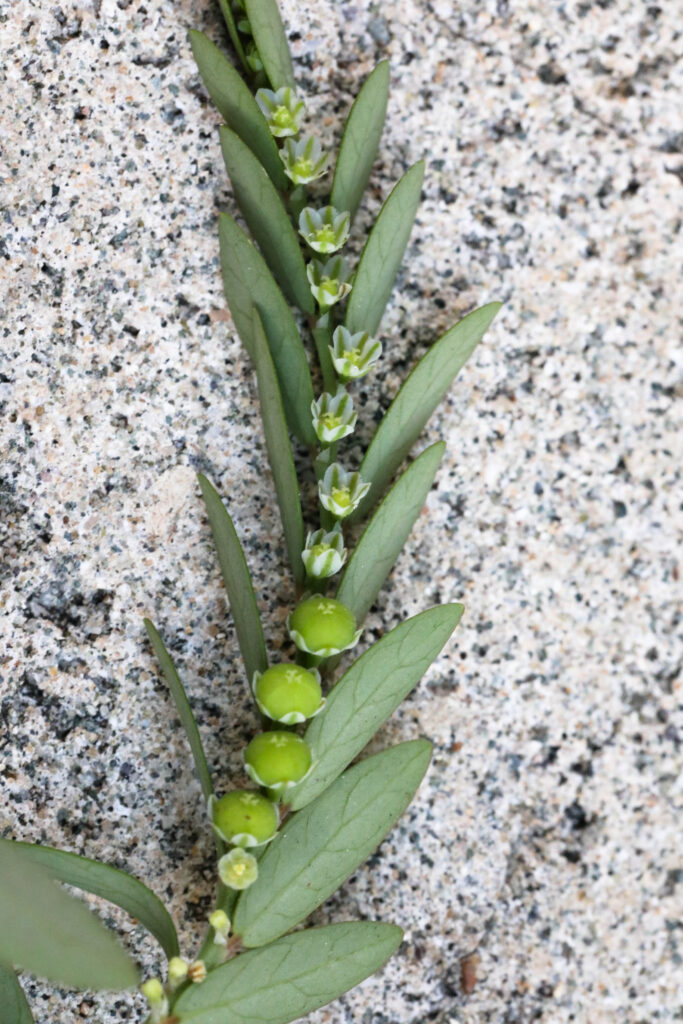
I hope you enjoyed this travelogue. Please send me any comments if you find this sort of information useful or entertaining. ~7Song April 26, 2023

